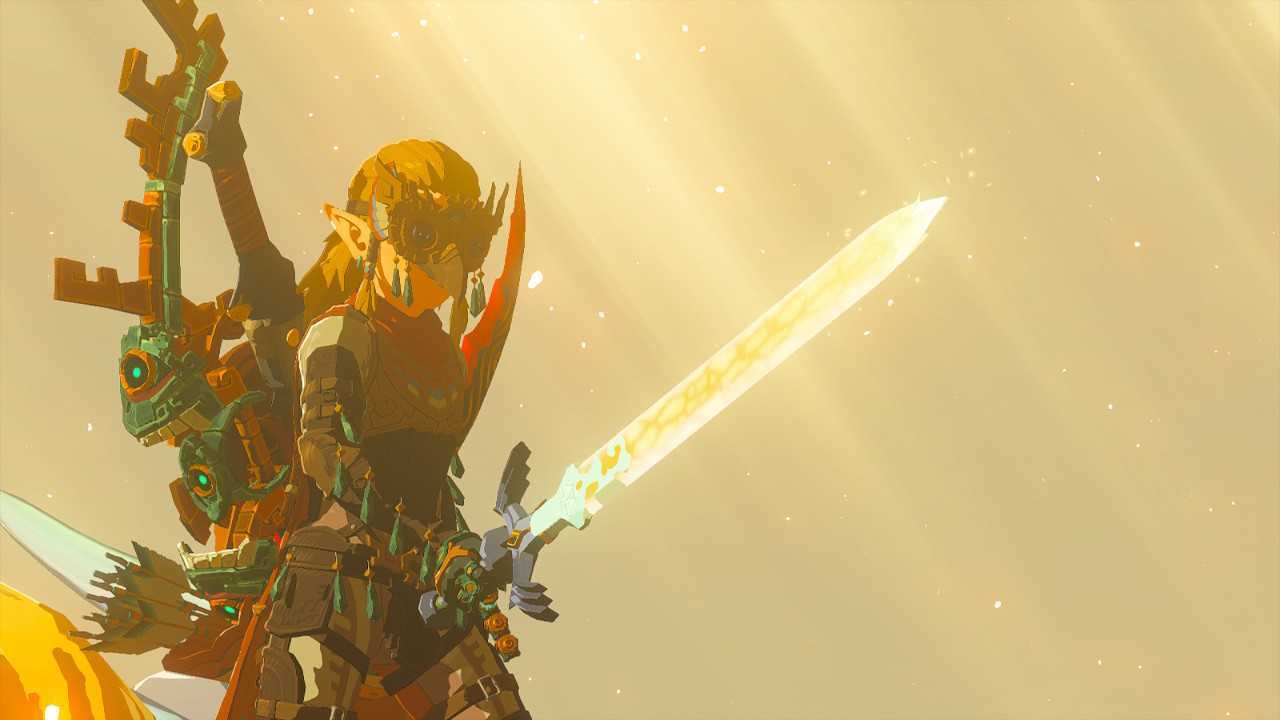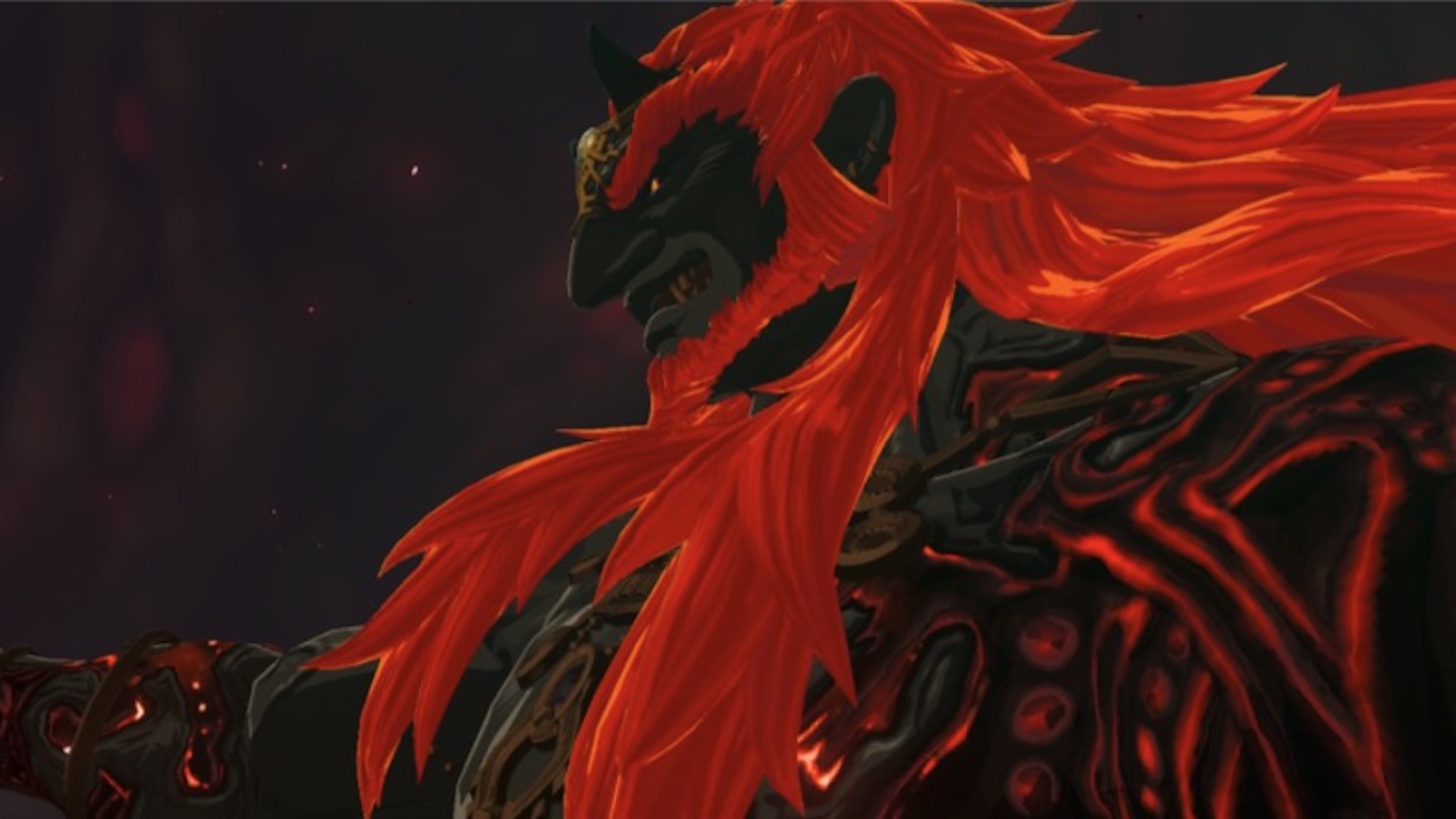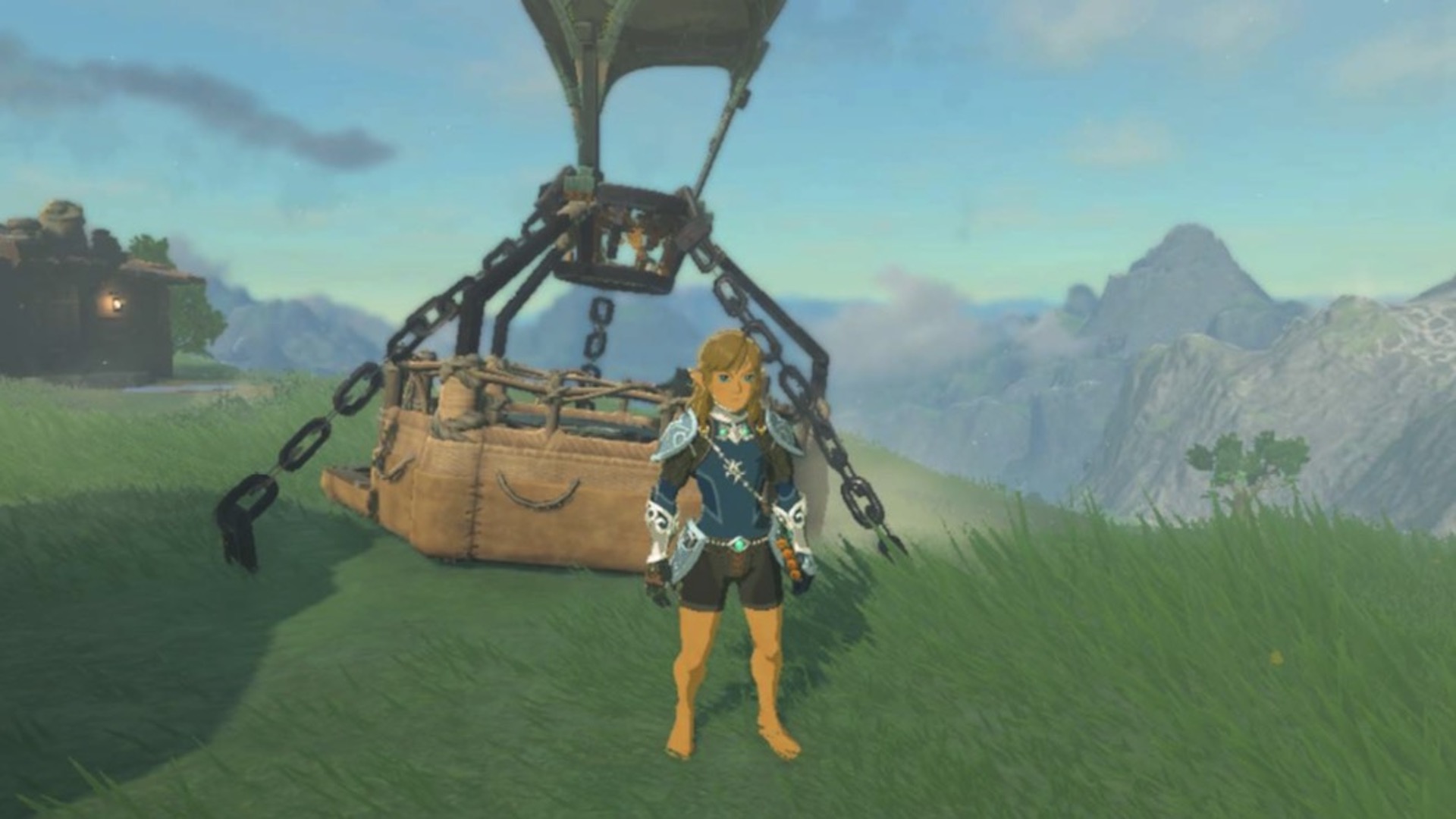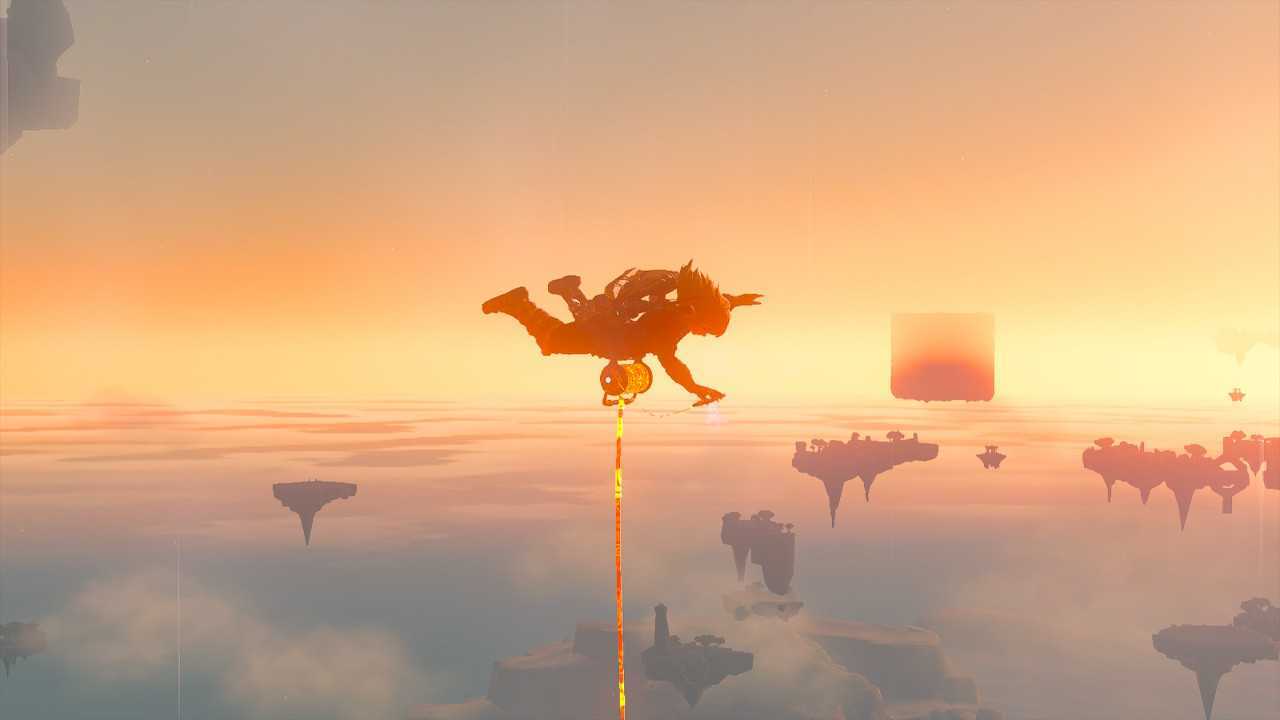
I’ve been a fan of The Legend of Zelda since I first owned a copy of Spirit Tracks on Nintendo DS, so it’s no surprise that the launch of The Legend of Zelda: Tears of the Kingdom was hotly anticipated from the moment it was fathomed, let alone announced properly. I adored Breath of the Wild, and anything that could build on that experience was incredibly exciting to think about.
Counting down the days until the launch of The Legend of Zelda: Tears of the Kingdom gave me the same amount of excitement as ticking the days off until Christmas as a kid. By the time it was ready to play, I felt like I’d been waiting years for the privilege to experience it, and let me tell you - it was well worth the wait.
But my love for the series isn’t the only reason I ended up falling head over heels for Tears of the Kingdom. Numerous other factors go into making Tears of the Kingdom a game worth playing regardless of your relationship with the series and its characters. From start to finish, the adventure will stick with you, and there are hundreds of hours worth of Korok (forest spirits that scatter the map and beg for your help) saving, and side-quest solving to keep you entertained long after you’ve completed the main story.
Even though Tears of the Kingdom prides itself on being an immersive, single-player adventure, the release triggered a sense of community among players both old and new which I haven’t experienced in a decent amount of time. That was the driving force behind how it quickly became one of the most memorable gaming experiences I’ve had this year.
A tale as old as time

Starting with its story, Tears of the Kingdom presents an opportunity to patch up a few holes in the Zelda timeline with new information that links together games across the entire history of the series. Being a longtime Zelda fan, finally understanding certain elements of the series’ lore such as the story of the Light Dragon felt like puzzle pieces perfectly slotting together in my brain. But for new players, it’s also a fantastic opportunity to explore the history of Hyrule with fresh eyes and learn from the beginning.
Helpfully, Tears of the Kingdom does a great job of retelling past events, like those of Breath of the Wild that came before it (in 2017), as a means to avoid isolating new players from being able to enjoy it to the same degree. The ability to produce a sequel that welcomes players who haven’t experienced its predecessor is pretty magical, and it’s something that Tears of the Kingdom nails through its storytelling.
As you collect memories around the map you have to piece together your own interpretations of what’s happening, and players were quick to spin theories on who the characters within certain cutscenes were and how their stories worked in the extensive timeline of the series. There was no sense of “well no, actually” fact correcting, but instead, there was a jolly buzz of players willing to listen to one another, which is something that tends to get lost in such a lore-heavy experience. Fortunately, this sense of inspiration wasn’t limited to the story alone and carried across into the content of the game as well.
Let’s get creative

One of the main factors that separates Tears of the Kingdom from Breath of the Wild, despite being a sequel and largely using the same map, is its introduction of building mechanics. Zonai tech, an ancient technology from a past life that Link must utilize to progress through the adventure, is scattered throughout the sky isles found above Hyrule. Devices like wheels, rockets, balloons, and bombs can be glued together to create all sorts of contraptions, which is where the creativity of the community really came in clutch.
I’m not a hugely creative person when it comes to building in video games. All my Minecraft houses stem from 4x4 mud huts, and my homes in The Sims are nothing to write home about. I may feel like something I’ve made seems impressive, but once I got a glimpse of the mech suits and functioning Godzilla animatronics some players were building in Tears of the Kingdom, I quickly gave up trying to make anything remotely fun. But, my speed in losing interest in my own builds didn’t come from a place of jealousy (for once) but instead just bewilderment at how so many players were using what the game was offering in ways that didn’t even cross my mind.
Similarly to sharing theories about the story, the community really came together when sharing whatever they had created no matter how outlandish it may seem. From day one we saw functional lawnmowers, working cars and trucks, bomber planes, and mech suits, all of which made the most of Tears of the Kingdom’s sandbox despite not being close to what the game expected to progress through its story. Players found ways to make their own fun and wanted to get as many others involved as possible.
The hubs of Hyrule

Places like Twitter and Reddit became hotspots for sharing said creations, with the r/Hyrule Engineering Club subreddit becoming one of the most popular. Anyone was welcome to join, so even shy builders like me had a place to draw inspiration from without having to be actively involved. But even then, the space that the community created felt so safe that you did feel encouraged to join in, and the best part is these pages are still active today, six months after its launch.
This is why I think Tears of the Kingdom feels so special and will sit on the list of best Zelda games for many years to come. From its heart-wrenching story to its beautiful and magical environment, there is so much to appreciate about the entire experience - and the community means you don’t have to do it alone despite the game being single-player. Whether you’re looking for hints as to where to head next in its almost overwhelmingly massive map, or looking for the most efficient vehicle to build to navigate the depths, it feels like there’s always a fellow player willing to help. And I hope more gaming communities inherit this passion in the future.
We’ve got all the best Nintendo DS games if you’re looking to experience more of Nintendo’s history. If you’d like to go even further back, we’ve got all the best GBA games too.







